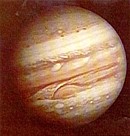 |
Jupiter (radio waves)
|
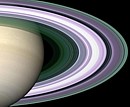 |
Saturn (radio waves)
|
 |
Titan (radar echoes)
|
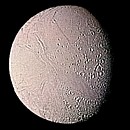 |
Enceladus (radio waves)
|
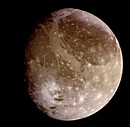 |
Ganymede (radio waves)
|
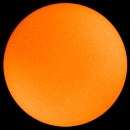 |
Sun (type V burst)
|
 |
The Earth (radio waves)
|
 |
Press PSR B0329+54
|
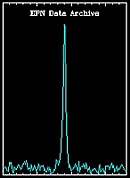 |
Pulsar PSR B0833-45 (Sail)
|
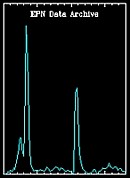 |
Press PSR B0531+21 (Crab)
|
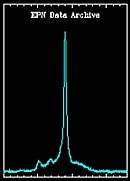 |
Press PSR J0437-4715
|
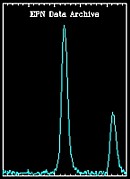 |
Press PSR B1937+21
|

